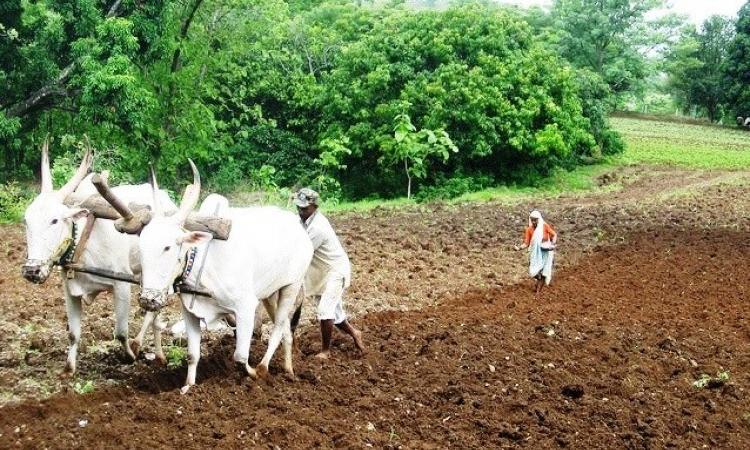
Just seven to eight percent water left in TN’s reservoirs
The live storage of water in the major reservoirs in Tamil Nadu has reduced to just seven to eight percent of the overall capacity. However, the state has been saved from the heat wave, unlike the northern states. The data from the Central Water Commission (CWC) shows that the current live storage in six major reservoirs in the state has dipped to 0.302 billion cubic metre (BCM) as against the full reservoir level of 4.229 BCM. The state’s capital Chennai is also reeling under severe water crisis. A study by the Central Groundwater Board has revealed that Chennai’s groundwater resources, extracted at a rate of 185 percent, are in a critical state.
Mumbai airport reduces its use of water
Mumbai’s Chhatrapati Shivaji International Airport has become the first airport in the country to save water by using ammonia-breaking bacteria in urinals and to clean its 1,400 acres of floor space. The airport administration has introduced the ammonia-feeding bacteria in the urinals and has replaced its water connection with a green mixture comprising enzymes and bacteria. The new method has not only helped the airport premises remain clean but has also helped the airport in saving one lakh litres of water each day. This has also earned the airport a platinum rating of the Indian Green Building Certification (IGBC).
Himachal government incapable of assessing environmental impacts: CAG
According to the Comptroller and Auditor General (CAG), the Himachal Pradesh government lacks the institutional mechanism to assess the environmental impact of developmental and industrial projects. Despite the fact that the state is home to a fragile ecosystem, there is a shortage of technical and scientific staff in the state’s environment impact assessment authority, expert appraisal committee and pollution control board. The inadequacy is leading to delays in the process of granting green clearances which results in violations from the project proponents.
East Kolkata wetlands: Among world's most precious natural resources
The east Kolkata wetlands have been recognised as the world's most precious natural resources for wastewater treatment by the secretary general of Ramsar Convention, Martha Rojas-Urrego. She has also remarked that the wetlands are the desired model for optimum reuse of water to combat global water crisis. Confronted with an existential threat from the urban development corridor, the recognition is quite significant for the wetlands.
Gujarat villages drink dirty water
A recent study conducted by IIPH-Gandhinagar and the Centre for Development Research of the University of Bonn has found high levels of E.coli in drinking water of villages along the Sabarmati river. The drinking water contamination is linked to the use of contaminated water for irrigation. The study has claimed that 45 villages downstream of the Sabarmati river and seven other villages use wastewater for irrigation. Also, it has been found that the households using tubewell or rainwater for irrigation have a better quality of drinking water.
This is a roundup of important news from March 28 - April 2, 2017. Also, read the policy matters this week.